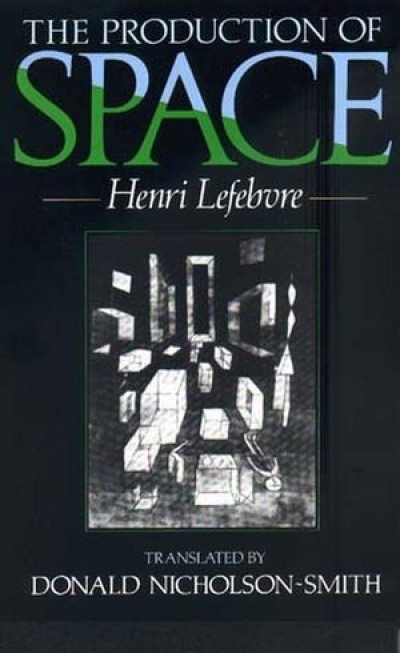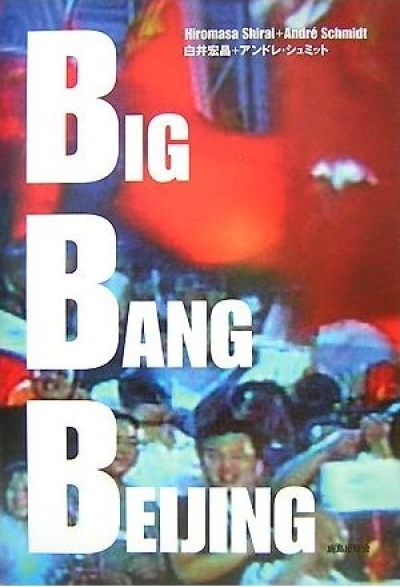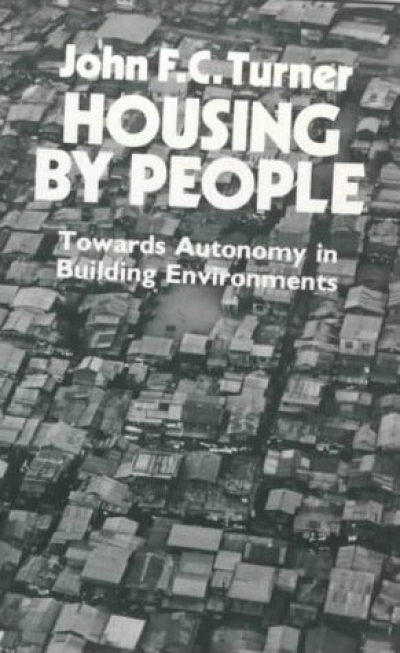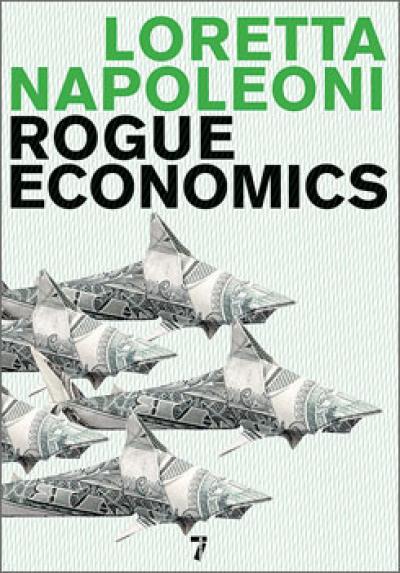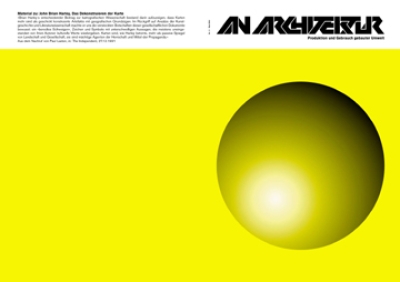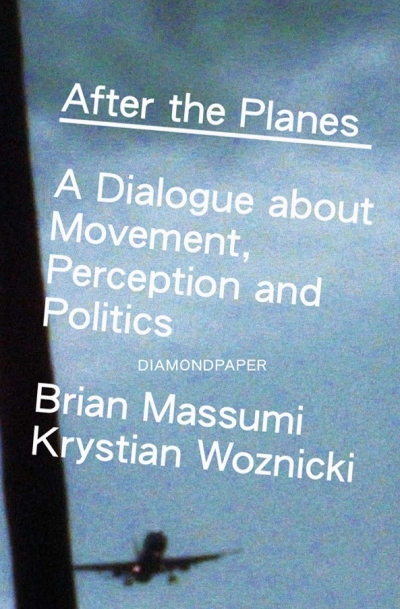
After the Planes. A Dialogue about Movement, Perception and Politics
Humans, data, goods, money—everything is in motion. It is not always clear what enables these processes in the first place and why they run sometimes more smoothly and sometimes less. The forces that set the world in motion seem to operate invisibly.
Against this backdrop this book, which has borrowed its title from Don DeLillo’s 9/11 novel “Falling Man,” asks seminal questions: How do new forms of power and counter-power condition the movements of humans, data, goods, money? How do movement-based powers struggle to make our high-voltage environment livable?
“After the Planes” has been conceived in the context of TACIT FUTURES, a project by Berliner Gazette e.V. encompassing research, interviews and public events.
“This is a book that, like an x-ray, makes visible today’s hidden infrastructure of movement. The images and the writing presented here have been calibrated to capture, to freeze in the frame, the light emitted by power in motion that usually exists outside the spectrum of our perception.”
Max Haiven
“The human has always been on the move throughout its history. Or is it more accurate to say that a movement of relational transformation has moved through the human?”
Brian Massumi
“Seeing with the omnipresent eyes of the observation society also enables seeing through the eyes of another subject. Here, in these openings, is where one's movements become political.”
Krystian Woznicki
http://www.diamondpaper.de/title_25







